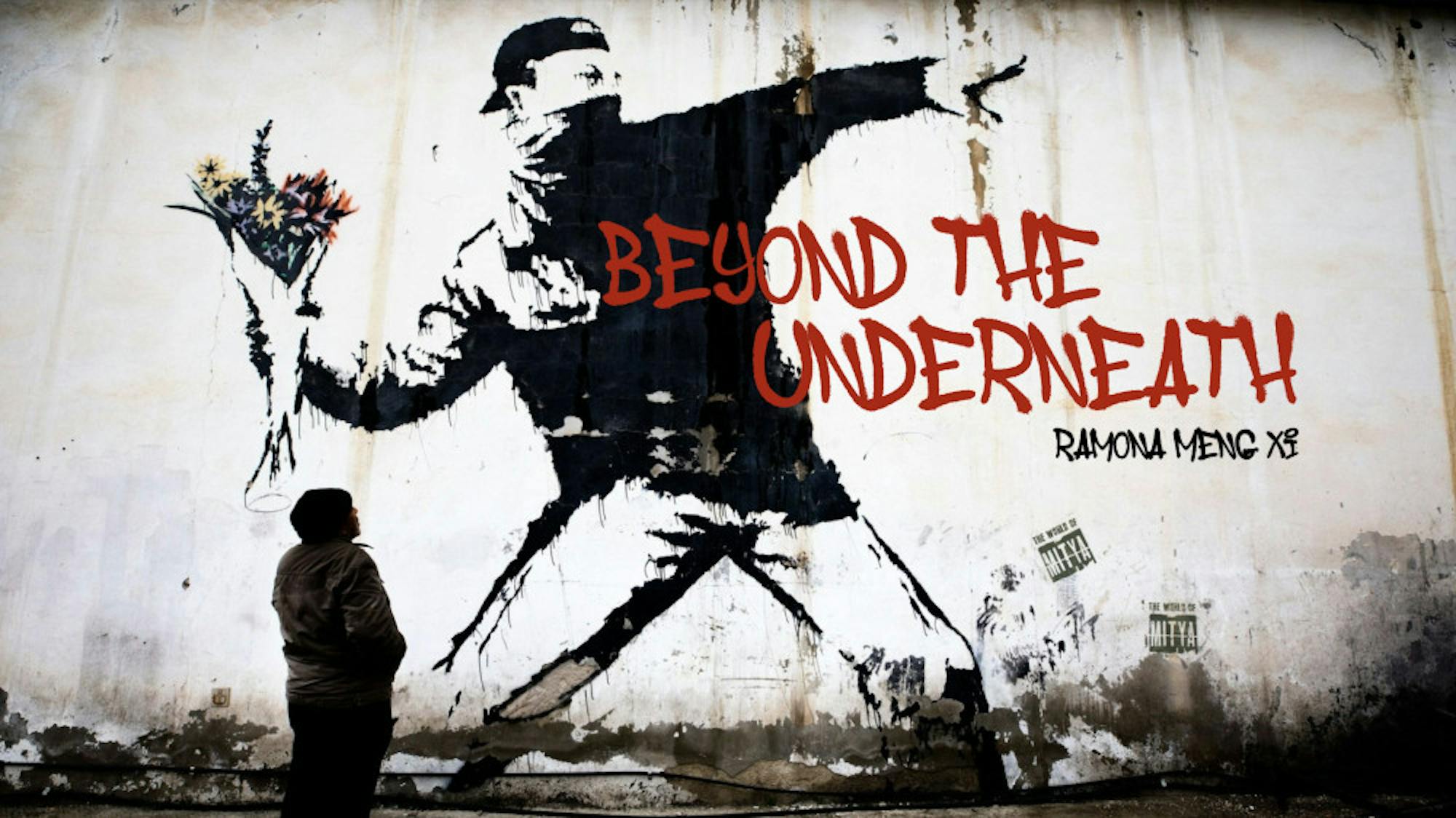First hidden rule in graffiti: If you paint over someone’s work, your work should be better than the one you covered.
There’s ahuge multi-use architectural complex under construction for several years. It’s designed by the Heatherwick Studio from Britain and has an ambitious name:“1,000 Trees.” Over the years, one side of the street was always covered by blue plastic construction walls, but because of its proximity to the M50 art district — that’s known for independent art studios and eye-catching graffiti — blue walls eventually became canvases.
This street is now the famous graffiti street of the city, a tourist site, almost. People come here specifically to pose and take pictures to post on Instagram. If you’ve been to this street frequently enough, you would easily recognize which of their backgrounds belongs to which construction wall along the street. Or belonged to.
The street always gives you the impression of permanence due to the full wall-size and finesse of most graffiti. Your mind assumes they would be there forever, but they tend to change whenever you get comfortable with that assumption. The past is right underneath the freshly painted layer of the present. The ephemeral and unpredictable nature of graffiti does indeed make you more mindful every time you visit.
Unlike Berlin, where graffiti is an indispensable element of the city, graffiti here is almost like an unspoken art existing in between the boundary of law and free spirit. Fortunately, and unfortunately, this street is one of the very few places where graffiti is completely allowed and legal. People obviously love it. The punchy colors and bold lines could invigorate the disciplined city even though the rareness of their appearance couldn’t do much as a whole.
The green construction veil on the building disappeared one day. You could tell it’s an avant-garde building with its eccentric sci-fi structure mingled with small trees. While people were mocking the absurdity of planting trees in a completely artificial structure, questioning how long those trees could live under the blistering summer light, and, of course, whether there are actually 1,000 trees, they neglected the fact that the graffiti street would no longer be the graffiti street anymore.
My friend called me one day, telling me that two of my graffiti were removed because the building had been completed. Half of the street was gone. I instantly recalled the time when I had finished my first graffiti — a gallery owner pointed toward another graffiti and told me about the fight between the artists of the current and previous graffiti on the same wall. “He’s mad because his work got painted over and he believes his work is better than the new one.” They almost fought in front of all the walls. Now they are gone. But the stories are still there.






